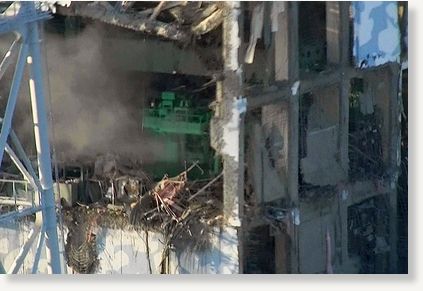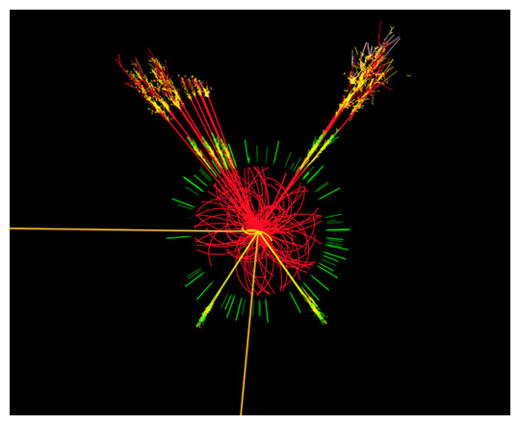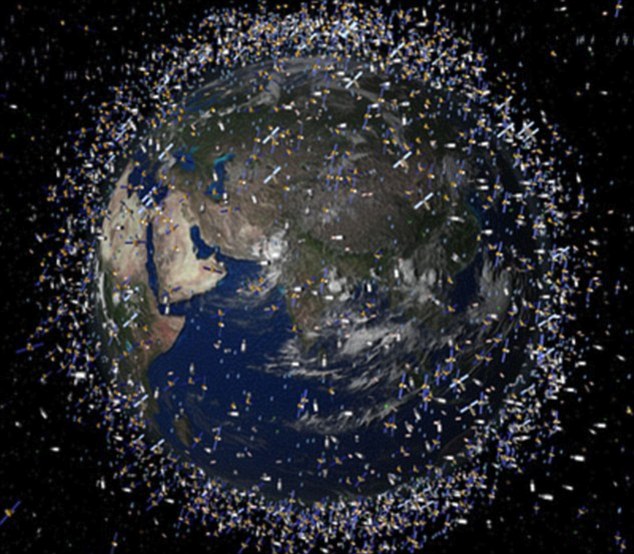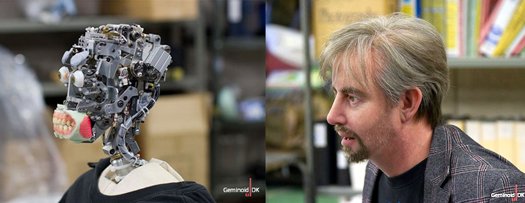Comment: If it's coming from an official space science organization, you can be pretty sure its "science" is bogus. Take the following article, for example, with our commentary embedded within.
They look more like flying-saucers than icy moons, but Pan and Atlas are two of Saturn's strangest satellites.
Scientists have long been puzzled by how the oddly-shaped moons, which are only 20miles across, came to be.
Comment: They are only strange because NASA and the ESA. have no clue how the solar system really works.
Researchers based at the European Space Agency now think they have some answers after studying several years worth of cosmic images.
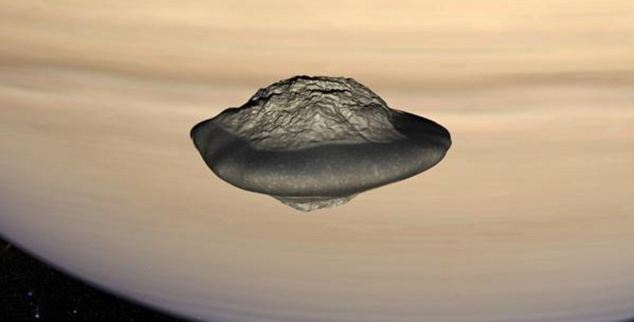
Comment: Wow. James McCanney predicted "sweeper moons" in the gaps of Saturn's rings over thirty years go, before Pan was even discovered. It took ESA this long to realize this?
However, they would have needed a jump start as it is not gravitationally possible for small particles to fuse together within the rings.
Comment: Again, if they had read McCanney, they wouldn't be so hopelessly confused. Gravity is NOT the only force acting in our solar system. The "shepherd" or "sweeper" moons attract the material of the rings because the moons are discharging Saturn's electrical capacitor. The positively charged ions (including dust and gases) get pulled to the nucleus where they recombine with electrons, depositing a dust cloud around the moon. This explains the disc-like shape of Pan, which has cleared out the "Encke Gap" in Saturn's rings. Just look at this picture.
Therefore, each moon would have started with a massive core that was a leftover from the original collisions that caused the rings.
